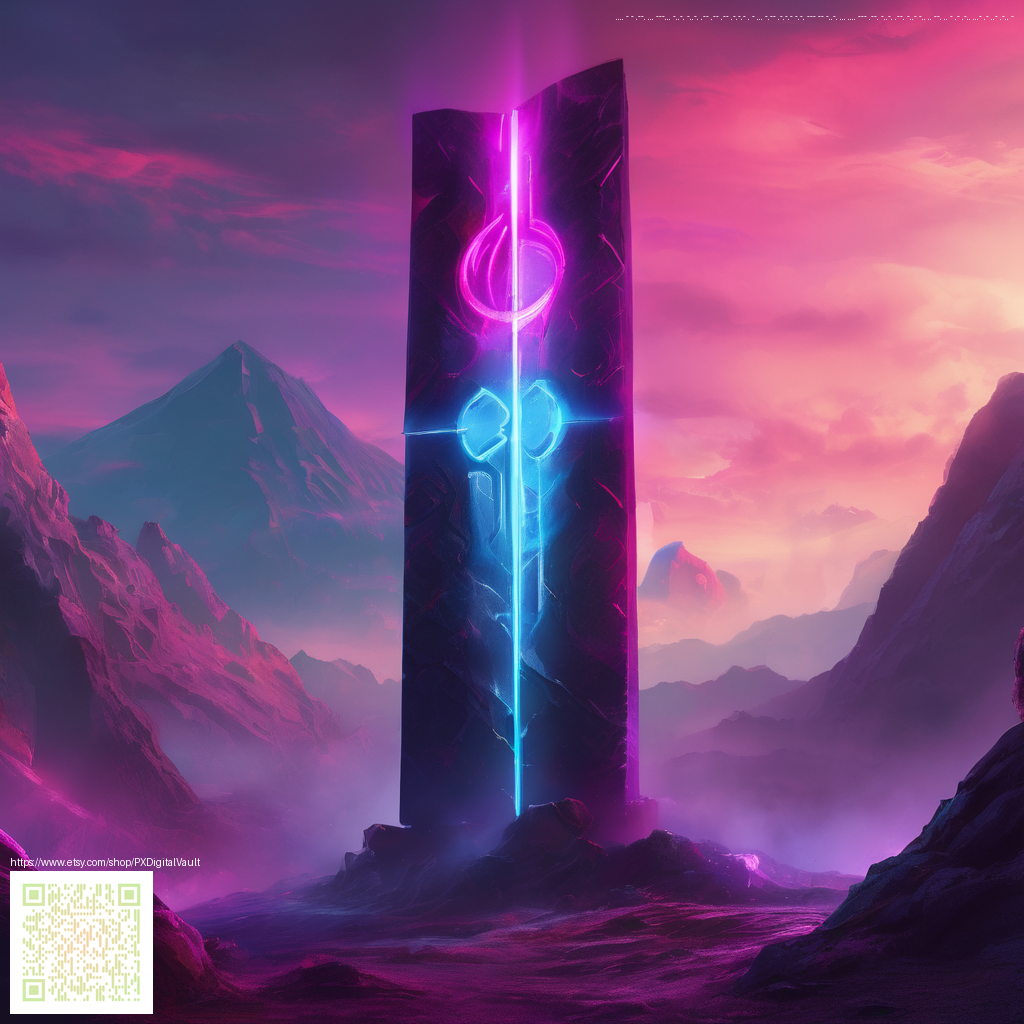
The Power of Texture in Visual Minimalism
Texture is the quiet observer in minimal design. It doesn’t shout with bold patterns or busy motifs; it speaks through the way surfaces catch light, how fibers feel under a viewer’s gaze, and how material edges read in absence of color. In a world where clean lines and negative space dominate, texture becomes the subtle differentiator that prevents surfaces from feeling flat or clinical. When used thoughtfully, texture anchors a visual system in reality, inviting touch and exploration without breaking the calm that minimalism seeks to preserve.
What texture does in minimal aesthetics
Texture operates on multiple planes. Real textures—like the grain of wood, the weave of fabric, or the micro-roughness of a matte finish—deliver tactility that our eyes almost “feel.” Simulated textures, achieved through light, shadow, and careful rendering, can evoke the same sense of depth without introducing noise. The goal is texture with restraint, where the surface communicates quality and identity while staying unobtrusive within a clean composition.
Texture is the whisper that keeps simplicity from turning into silence.
In practice, designers layer texture with intention. They rely on materials that age gracefully, light that reveals subtle grade changes, and surfaces with just enough pattern to guide the eye. The result is a quiet style that is alive—visible in the tactile impression of a product shot, in the grain of a fabric, or in the understated scan of a UI background.
How to apply texture without noise
- Choose honest materials—opt for textures that feel authentic to the product and its use case.
- Pair texture with simple geometry—let clean shapes carry the composition while the texture grounds it.
- Control lighting—use soft, directional light to emphasize micro-details without creating glare.
- Limit color palettes—a restrained scheme keeps texture from competing with color, letting surface quality dominate.
- Refine shadows and highlights—small tonal shifts can reveal material truth without visual clutter.
When texture is introduced in product storytelling, it often lives in the space between product photography and UI design. For instance, the rugged engagement of a case like the Rugged Phone Case 2-Piece Shock Shield TPU PC demonstrates how a durable finish can coexist with a minimalist backdrop. The key is to keep the surrounding layout spare so the texture itself remains the focal point. For those exploring texture-driven minimalism further, you can see a broader treatment of the concept on this page: a dedicated design exploration.
Texture in photography and interface design
In photography, texture is a protagonist that can elevate a clean shot into a story. Subtle surface detail in the background or on the product edge can imply durability, tactility, and premium craftsmanship without introducing competing elements. In interface design, texture can be simulated through subtle patterns, tactile-oriented micro-interactions, or layered elevation that guides the eye and communicates function—without breaking the minimalist rhythm.
To maintain a quiet, confident voice, think of texture as a structural layer rather than a decorative flourish. It should support the content, not steer attention away from the message. In practice, that means choosing surfaces that age well, rendering them with careful light, and keeping other design decisions deliberately plain.
Ultimately, the texture you choose should align with the project’s personality. A tech brand may lean toward crisp, technical textures that feel precise and engineered, while a lifestyle brand might favor organic, tactile textures that feel human and approachable. When balanced correctly, texture becomes a signature—quiet, confident, and unmistakably intentional.